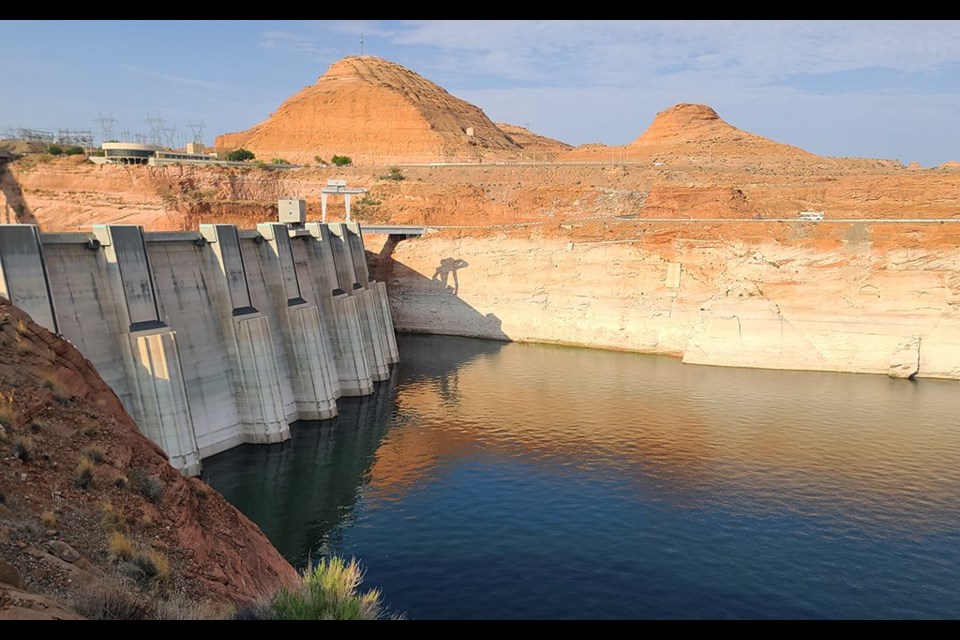The Town of Queen Creek continues to have a 100-year water supply through groundwater, according to a recent press release from Constance Halonen-Wilson, communications and marketing manager for the town.
"The town is primarily using treated effluent to recharge the aquifer – we are working with developers to expand our treated effluent program and in the process of expanding our recharge facilities," the release stated.
In addition, by 2026, the town will have an additional 15,000 acre feet of water supplies to offset groundwater pumping. Queen Creek’s allocation of the Colorado River (established in the 1980s) is a very small portion of what the town is using to recharge the aquifer.
In September, senior leaders from the U.S. Department of the Interior outlined new and urgent actions to improve and protect the long-term sustainability of the Colorado River System due to the worsening drought crisis impacting communities across the West.
Secretary of the Interior Deb Haaland, Deputy Secretary Tommy Beaudreau, Assistant Secretary for Water and Science Tanya Trujillo and Bureau of Reclamation Commissioner Camille Calimlim Touton attended the Colorado River Symposium in Santa Fe, N.M. to highlight steps the department is taking and propose new actions to prevent the system’s reservoirs from falling to critically low elevations that would threaten water deliveries and power production.
“The prolonged drought afflicting the West is one of the most significant challenges facing our country. As a 35th generation New Mexican, I have seen firsthand how climate change is exacerbating the drought crisis and putting pressure on the communities who live across western landscapes,” said Haaland. “We must work together to make the tough choices necessary to chart a sustainable future for the Colorado River System on which more than 40 million people depend. As we move forward, we will do so with key guiding principles, including collaboration, equity and transparency. I am committed to bringing every resource to bear to help manage the drought crisis and provide a sustainable water system for families, businesses and our vast and fragile ecosystems.”
The actions being discussed build on those announced in August 2022 as part of the Bureau of Reclamation’s release of the Colorado River Basin August 2022 24-Month Study, which sets the annual operations for Lake Powell and Lake Mead in 2023. Those previously announced actions specified that Lake Powell will operate in the Lower Elevation Balancing Tier in water year 2023 and Lake Mead will operate in its first-ever Level 2a Shortage Condition in calendar year 2023 requiring reduced allocations and water savings contributions for the lower basin states and Mexico.



